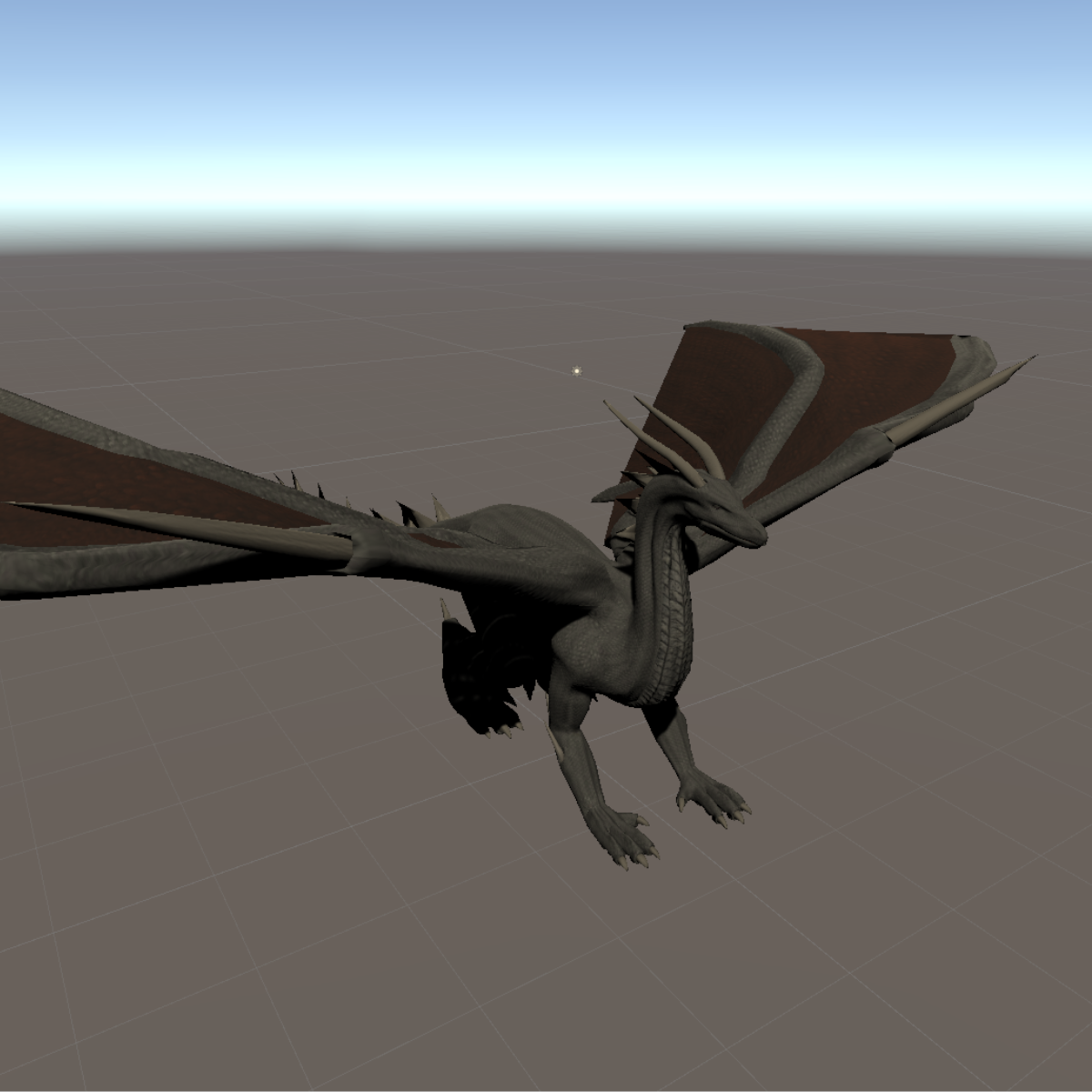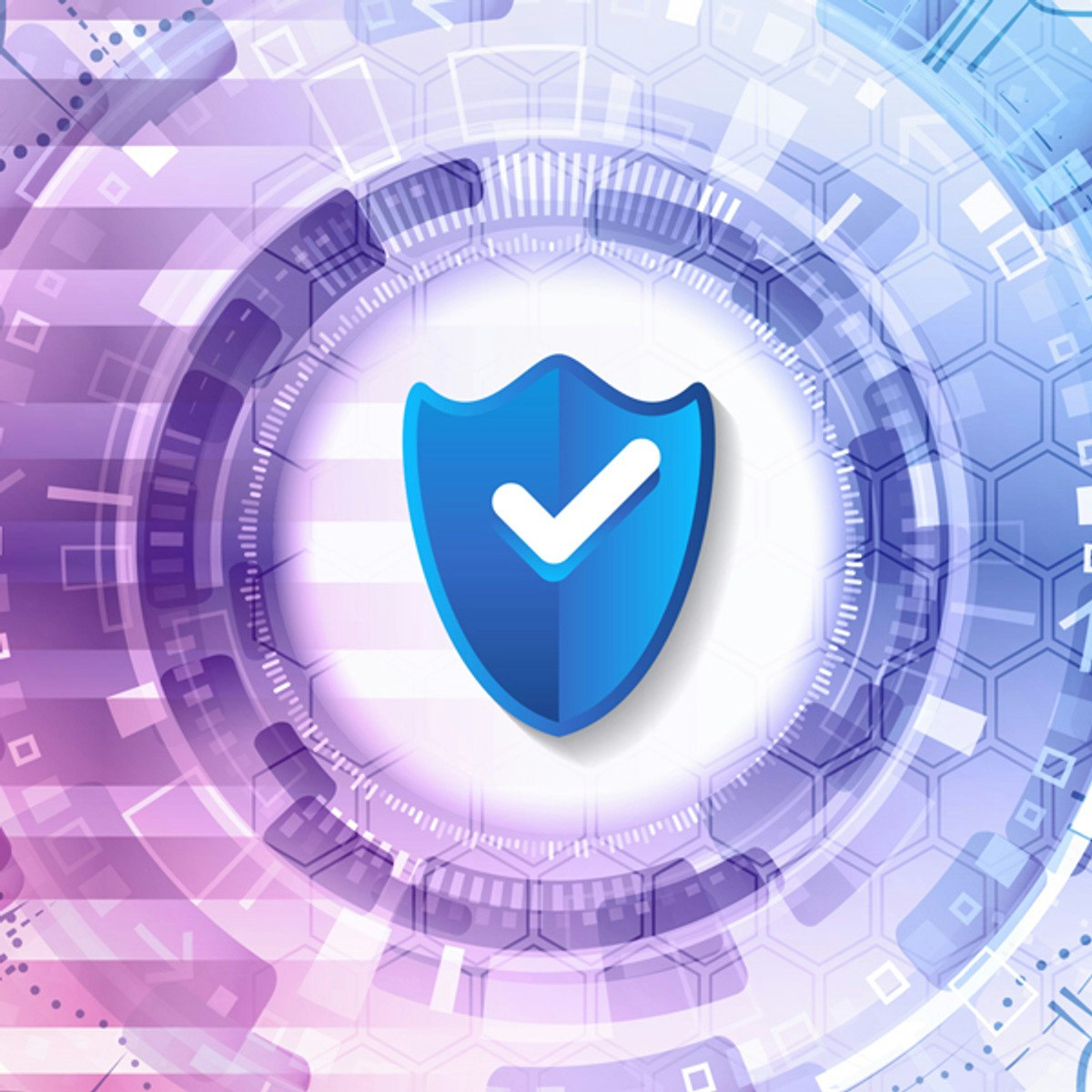Back to Courses









Computer Science Courses - Page 11
Showing results 101-110 of 2309

Computer Hardware and Software
This course provides foundational understanding of how computers process information through hardware and software. You will investigate the world of Information Technology (IT) and survey hardware components, mobile devices, operating systems, programs and apps, network fundamentals, the Internet, and touch on security and ethics.

Digital Systems: From Logic Gates to Processors
This course gives you a complete insight into the modern design of digital systems fundamentals from an eminently practical point of view. Unlike other more "classic" digital circuits courses, our interest focuses more on the system than on the electronics that support it. This approach will allow us to lay the foundation for the design of complex digital systems.
You will learn a set of design methodologies and will use a set of (educational-oriented) computer-aided-design tools (CAD) that will allow you not only to design small and medium size circuits, but also to access to higher level courses covering so exciting topics as application specific integrated circuits (ASICs) design or computer architecture, to give just two examples.
Course topics are complemented with the design of a simple processor, introduced as a transversal example of a complex digital system. This example will let you understand and feel comfortable with some fundamental computer architecture terms as the instruction set, microprograms and microinstructions.
After completing this course you will be able to:
* Design medium complexity digital systems.
* Understand the description of digital systems using high-level languages such as VHDL.
* Understand how computers operate at their most basic level (machine language).

Configure Standard Access Lists on Cisco Routers
Welcome to the CCNA 1.8: Configuring Standard Access Lists (ACLs) on Cisco routers. This project is the eighth in a CCNA learning series that is designed to help you acquire the hands-on skills required to pass the CCNA certification exam.
In this 2-hour guided project, you will identify the difference between standard inbound and outbound Access Control Lists (ACLs), configure inbound and outbound ACLs on Cisco routers, and setup ACLs to permit exclusive traffic on Cisco routers.

Cybersecurity and Mobility
This course is for you if you are interested in transitioning toward a managerial role in cybersecurity and mobility. Through interviews with industry experts in this area, you will be able to analyze innovations powering the rapid spread of information technology and how they present new challenges for protecting data. For example, mobile devices increase convenience but often bypass traditional security measures. After this course, you will be able to describe how the nature of the threat evolves, as culprits employ a burgeoning set of sophisticated tools to take advantage of our growing reliance on networks for critical-data exchange.
If you want to pursue a career in the public sector, the stakes are high as well. The proliferation of hackers, inevitable human errors, bring-your-own-device (BYOD) initiatives, and the ever-broadening need to share information weigh heavily on government and education organizations, and consume substantial resources. The Pentagon, for example, has proposed to spend $23 billion on network security initiatives through 2018. This sounds like a large sum, until you consider the scope and importance of the U.S. government information resources this investment must protect.
After completing the course modules you will be able to explain how yesterday’s prevention strategies are no longer adequate for stopping advanced, targeted attacks. Effective cybersecurity must be multi-dimensional and tiered, as threats can originate from virtually anywhere, target numerous levels of an organization, and sometimes persist for months or years before an information security staff is aware of an attack or breach. Therefore securing networks requires a holistic approach that incorporates several elements.

Import and Configure an Animated 3D Character in Unity
In this one-hour, project-based course, you'll learn how to import and configure a 3D character that has been animated in a 3D modeling software, like Autodesk Maya or Blender. This project covers importing a 3D asset from a third-party tool, adding the included animations to the Animator Controller, configuring state transitions in the Animator tab and writing C# code that will play the animations based on keyboard inputs.
The guided project will introduce you with the following Unity concepts:
- Prefabs
- Animation
- Animator Controller
- Animator Parameters
- Coding techniques including the Input and Animator Classes
Note: This course works best for learners who are based in the North America region. We’re currently working on providing the same experience in other regions.

Smart Device & Mobile Emerging Technologies
Every day you use your smartphone. Your smartphone wakes you up, it is the first thing you use in the morning, and the last thing you check (e.g., alarm setting) before you sleep. In addition, you use it all day. A typical cellphone user touches their mobile phone 2,617 times a day (Dscout report based on 2017) and people spend over 4 hours a day on their mobile phones (Hackernoon report) on average. Smartphones and smart watches are very useful and will become even more useful due to their smaller sizes, lighter weights, versatile functionalities, advanced mobile communications & wireless networking (e.g., Wi-Fi & Bluetooth) technologies. In this course, the start-of-the-art smartphone and smart watch technology and components in addition to the global market trends and future forecasts are introduced. Since everybody uses smartphones and smart watches, knowing the details about the most globally used electronic device will definitely help you in all aspects of new product and app design & development, as well as business planning. In addition, the core technology and components of the world’s most popular smartphones (i.e., the Samsung Galaxy Note8 and Apple iPhone X) and smart watches (i.e., Samsung Gear S3 and the Apple Watch Series 3) are introduced along with details of the iOS and Android smartphone OSs (Operating Systems) and mobile communications 1G to 5G (for details on Wi-Fi and Bluetooth, please take my course “IoT Wireless & Cloud Emerging Technology”). This course ends with projects that teach how to analyze the components of smartphones and check the mobile network. Consequently, this course will prepare you to be more successful in businesses strategic planning in the upcoming smart device era. I cordially welcome you in to the amazing internal dynamics of the smart device world!

Implementing a Risk Management Framework
The ultimate destination for a security manager is the Chief Information Security Officer (or Chief Security Officer) a senior executive role responsible for all cybersecurity operations in the organization. But how do you get from entry-level IT or security employee to the CISO’s office and what do you need to know when you get there? This course examines the career path and requirements to be an effective CISO, as well as the roles and responsibilities of the position.
In this course, a learner will be able to:
● Identify the career development and path of a Cybersecurity professional from entry-level to CISO
● Define and describe the role and function of a CISO in planning for cybersecurity
● Identify the development of a cybersecurity governance program and the role the CISO would play in it
● Discuss the strategic responsibilities of the CISO in overseeing an organization’s cybersecurity program

Object-Oriented Programming with Java
In this project you will create a fun social media profile app for pets while learning the principles of object-oriented programming.
By the end of the project, you will understand the 4 principles of object-oriented programming, write object-oriented code in Java, and be able to apply the same concepts to other object-oriented programming languages!

Google Cloud SDK: Qwik Start - Redhat/Centos
This is a self-paced lab that takes place in the Google Cloud console.
In this hands-on lab you will learn how to perform basic tasks in Cloud Storage using the gsutil command-line tool. For a short preview, watch <A HREF="https://youtu.be/69MdTXgA6Ws"/>Cloud SDK - Essential Command-Line Tools for Google Cloud Platform</A>.

Introduction to Docker: Build Your Own Portfolio Site
In this 1-hour long project-based course on Introduction to Docker: Build your own portfolio website, you will learn how to use Docker on the command line and create your own portfolio website from a Bootstrap template in a Docker container. You will get to explore and demystify the Docker landscape and see how Docker works by using it.
You will learn many fundamental concepts which will help you progress in your career, studies and knowledge, such as images, containers, the registry, the client/server model in Docker via the Docker Engine etc.
You will use various commands and become comfortable spinning up containers, doing basic debugging to see statuses of containers, linking local files to files inside of Docker and learning basic networking to map a container port to a port on your local host machine to set up a development environment with Docker.
Most importantly you will leave this course more confident in your knowledge of Docker and ready to understand Docker at a more advanced level, and ready to contribute better to your technical or development teams
Note: This course works best for learners who are based in the North America region. We’re currently working on providing the same experience in other regions.
Popular Internships and Jobs by Categories
Browse
© 2024 BoostGrad | All rights reserved


